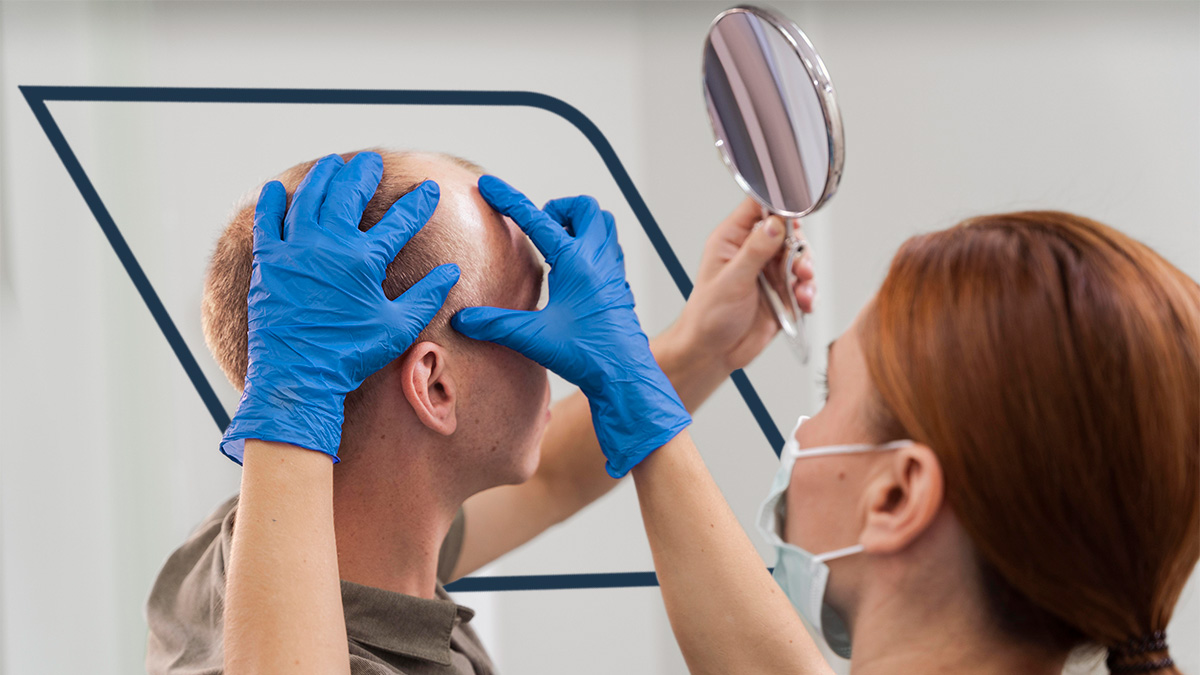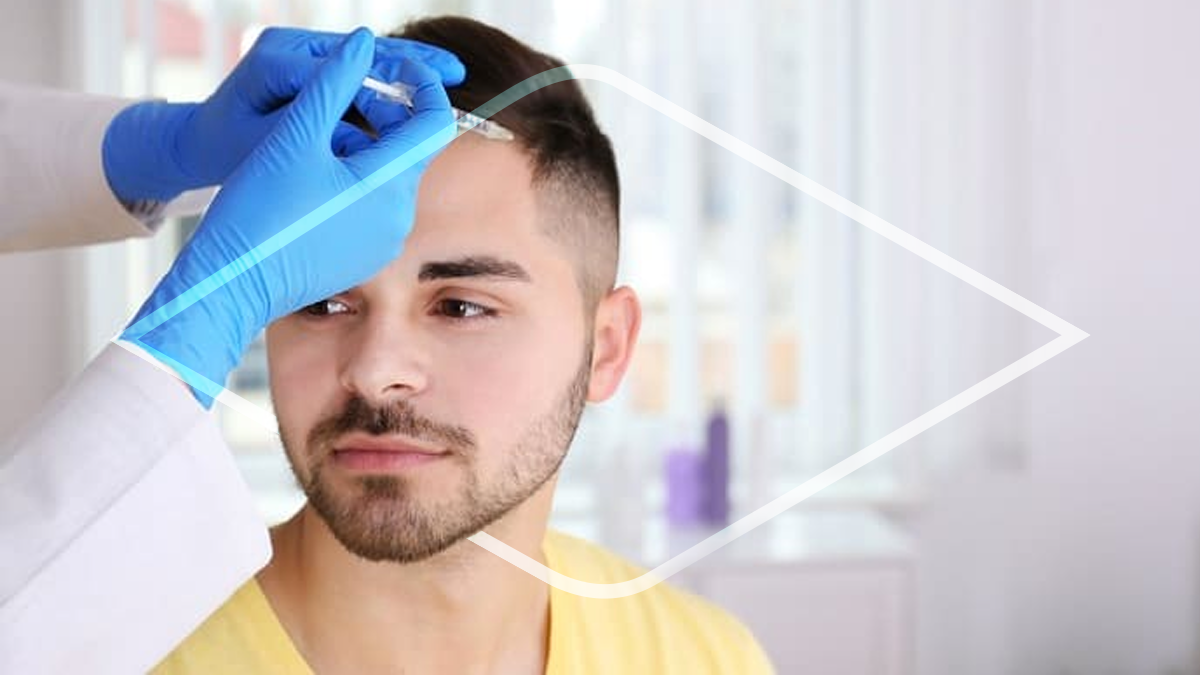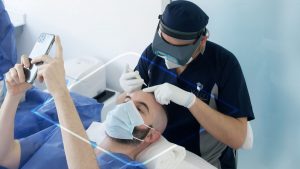Hair loss remains a common concern for millions of adults in the United States, impacting confidence, appearance, and professional life. Among the available surgical options, Hair Transplant FUT has emerged as a technique favored for its efficiency, high graft yield, and predictable results. Understanding the intricacies of FUT allows patients to make informed decisions when selecting a hair restoration strategy.
Understanding Hair Transplant FUT
FUT, or Follicular Unit Transplantation with Advanced Techniques, is a modification of traditional FUT (strip method) procedures:
- Donor Strip Harvesting: A segment of scalp tissue is carefully excised from the donor area, usually the occipital region.
- Follicular Dissection: The donor strip is meticulously dissected into individual follicular units under magnification, ensuring maximum graft viability.
- Recipient Site Preparation: Tiny incisions are made in the balding area, following a natural hairline design.
- Graft Placement: Follicular units are transplanted with precision, maintaining orientation and density to replicate natural growth patterns.
The FUT method is particularly suited for patients requiring a high number of grafts in a single session, making it ideal for extensive hair loss.
Key Advantages of Hair Transplant FUT
High Graft Yield
Unlike FUE, which extracts individual follicles, FUT allows for the harvesting of a larger number of grafts in a single procedure, making it efficient for:
- Severe androgenetic alopecia.
- Hairline reconstruction and vertex restoration.
- Patients seeking dense coverage in fewer sessions.
Preserved Follicular Integrity
Advanced dissection techniques in FUT ensure minimal follicle trauma, increasing survival rates and long-term hair growth.
Cost-Effectiveness
FUT procedures are often more economical per graft than FUE, especially for high-volume transplant requirements.
Patient Selection Criteria
Identifying suitable candidates for Hair Transplant FUT involves assessing several factors:
- Donor Area Quality: Adequate hair density in the occipital scalp to ensure sufficient graft availability.
- Extent of Hair Loss: Ideal for patients with extensive balding patterns.
- Health Status: Patients should be medically fit for minor surgery, with no conditions that impair healing.
- Aesthetic Goals: Individuals seeking significant density and uniform hair distribution benefit most from FUT.
A thorough consultation with a certified hair restoration surgeon is essential to determine candidacy.
Procedural Steps in Hair Transplant FUT
- Preoperative Planning:
- Scalp assessment, hair density mapping, and hairline design.
- Blood tests and medical clearance.
- Donor Strip Extraction:
- Local anesthesia applied to the donor area.
- A carefully measured strip of scalp is removed.
- Follicular Dissection:
- Microscopic dissection ensures each follicular unit is intact.
- Grafts are categorized by size and density for precise placement.
- Recipient Site Creation:
- Incisions are made according to natural hair growth patterns.
- Attention to angle, direction, and spacing is critical for aesthetics.
- Graft Placement:
- Follicular units are implanted meticulously, ensuring minimal handling and maximum survival.
- Postoperative Care:
- Medications to reduce inflammation and infection risk.
- Instructions for washing, scalp care, and activity restrictions.
Comparative Analysis: FUT vs FUE
| Feature | Hair Transplant FUT | Hair Transplant FUE |
|---|---|---|
| Graft Yield | High | Moderate per session |
| Scarring | Linear, potentially hidden | Dot-like, less visible |
| Procedure Duration | Longer per session | Shorter per session |
| Recovery | Slightly longer due to linear incision | Faster, minimal healing |
| Ideal Candidate | Extensive hair loss | Small to moderate hair loss |
| Cost per Graft | Lower | Higher |
This comparison helps patients and surgeons choose the optimal method based on goals, donor availability, and aesthetic considerations.
Postoperative Recovery and Expectations
Following a Hair Transplant FUT procedure:
- Immediate Care: Mild discomfort, redness, and swelling are common.
- Scab Formation: Small crusts form around transplanted grafts and typically fall off within 7–10 days.
- Initial Hair Shedding: Transplanted hair may shed within the first month, a normal phase known as “shock loss.”
- New Hair Growth: Typically begins at 3–4 months post-procedure, with full results visible at 9–12 months.
- Donor Area Healing: Linear scar may be concealed with surrounding hair; careful incision closure techniques reduce visibility.
Adherence to post-op instructions is crucial for optimal outcomes.
Technological Innovations in FUT
Leading surgeons integrate modern innovations to enhance FUT results:
- Microsurgical Dissection: Preserves follicular units, increasing graft survival.
- High-Density Placement: Allows dense coverage without compromising natural aesthetics.
- Digital Hairline Design: Combines photographic mapping with surgical planning for precise outcomes.
- PRP Therapy Adjunct: Promotes healing and accelerates hair regrowth in transplanted areas.
These advances have elevated FUT as a reliable, high-quality hair restoration method.
Psychological Impact of Hair Restoration
Patients undergoing Hair Transplant FUT often report significant psychosocial benefits:
- Boosted self-confidence and self-image.
- Increased comfort in social and professional settings.
- Reduced anxiety related to hair thinning and balding patterns.
Scientific studies in Dermatologic Surgery highlight the positive impact of surgical hair restoration on mental health and quality of life.
Potential Risks and Considerations
While FUT is generally safe, potential risks include:
- Linear scarring in the donor area.
- Temporary shock loss of existing hair.
- Minor postoperative pain or numbness.
- Infection or inflammation if postoperative care is inadequate.
Selecting an experienced surgeon and following detailed post-op instructions minimizes complications.
What makes Hair Transplant FUT different from other hair restoration techniques?
FUT focuses on high-volume graft harvesting through a strip method, offering greater efficiency for extensive hair loss cases. Advanced microsurgical dissection preserves follicular integrity, resulting in higher survival rates and predictable outcomes. Compared to FUE, FUT is more cost-effective per graft but involves linear scarring that can be concealed with surrounding hair.
Hair Transplant FUT remains a cornerstone technique in modern hair restoration, offering high graft yields, predictable results, and extensive coverage for individuals with significant hair loss. Understanding the surgical methodology, patient selection criteria, technological advancements, and postoperative care protocols ensures informed decision-making. This foundation naturally leads to exploring future innovations in hair transplantation, including regenerative medicine approaches and minimally invasive techniques shaping the evolution of hair restoration globally.







